Sometimes, events occur synchronically.
You secretly anticipate that something spe cial will come to fruition—the same way you wish to receive, on Christmas day, a gift that you’ve been eyeing forever—and then magic happens. For a dyed-in-the-wool cook like me, it would be some products found at Williams Sonoma, caressed with concupiscence for the nth time (Le Creuset cast-iron Dutch oven, come to me). Or as a fashionista, it would be something like, oh say, Tom Ford's book or more reasonably, this book on my wishlist.
That's exactly what happened during my trip to Costa Rica, this famous night where I celebrated my boyfriend's birthday at the renowned restaurant Lidia's Place on the second day of our arrival in the village of Puerto Viejo de Talamanca.
As by synchronicity, the big boss lady appeared before us.
“Ah, la dueña del restaurante!” said Mr. Man, enthusiastic.
He started a conversation with her in Spanish, which he then pursed in English. We praised her cuisine with compliments. Even the Lonely Planet corroborated our statements (we discovered it also mentioned that eatery later at the table). Apparently, the stars of the restaurant are the lobster and the red snapper, both of which showcase incredibly fresh seafood. The jerk chicken is also impressive. These come with her famous rice and beans flavored with coconut milk and other usual accompaniments (crispy fried plantains and fresh green salad).
I watched her with a kind of fascination mixed with curiosity and wonder as I tried to read her ethnic background. That is, earlier in the day, I’d read a bit about the immigration of African descendants to Costa Rica.
Its history is captivating.
In sum, about 8% of the Costa Rican population is of African descent black or mulatto (mix of Europeans and Blacks)—the Afro-Costa Ricans. Most of them are English-speaking descendants of black Jamaican immigrant workers of the 19th century. They represent the largest group of Jamaicans living outside the Anglophone-dominated diaspora.
Well, I won’t tell you the country’s history with a big H (you can read a part of it in a later section), but I will intertwine Lidia’s story in a part of it.
So, I asked her about her family's story, as would an inquisitive and innocent child.
Her great-grandfather arrived from Jamaica to work on the railway construction starting from 1871. In fact, more precisely, he was one of the first workers (123 workers) who arrived by boat to the newly built Port of Limón the year after. They had been recruited under contract for the project, in the goal of evacuating agricultural production—with coffee becoming the main export from the center of the country—to the Caribbean coast, and then to Europe.
Previously, harvests were transported from the Pacific coast through inaccessible terrain in the jungle on the Atlantic coast, and exporters had to return to South America, which increased costs and eliminated competitiveness.
At that time, his great grandfather stayed in the province and founded his family there. As, later, in 1890, the railways suffered a financial crisis, he and many other workers were forced to support themselves by working in agriculture, especially the banana industry, whose production has reached its peak in 1907.
I don’t know when her immediate family moved to Puerto Viejo, but that's where she grew up and lived all her life. Jamaican customs and language were preserved in English, and she and her siblings learned to speak Spanish in school. Like most Afro-Costa Ricans, Lidia's family is trilingual.
Indeed, in addition to English (because of their strong links with Jamaica) and Spanish, they also speak Mekatelyu, a creole very close to Jamaican Creole and those spoken in Colon (Panama), Miskito (Nicaragua), Belize, and Saint-André (archipelago off Colombia). Mekatelyu is a transliteration partly derived from English: "make I tell you" or, in classical English, "let me tell you".
As I read more about the history of Afro-Costa Ricans, I learned that Jamaican workers were confined to the Caribbean coast (Limon Province) until 1948.
"Workers usually lived on plantations and knew little about Costa Rica outside their immediate environment. The contact was minimal, as banana plantations in Costa Rica were in the hands of foreigners. They did not speak Spanish and kept Jamaican customs. They had their own schools with teachers from Jamaica. Until 1949, Costa Rica had segregation laws whereby blacks lived exclusively in the Caribbean province of Puerto Limón.”
Suddenly, a feeling of warmth seized me.
I bluntly and shamelessly asked her if she would give me a private cooking class and how much she would charge for this privilege—surely, I was under the vaporous effect of my red wine and, by the way, the previously swallowed lobster bite.
She answered slowly, weighing her words, that it was possible. I could come from 7:30 a.m. and we could discuss the process then. Delighted, I wrote her phone number down and then asked for the bill.
After our departure, Mr. Man pointed out my innocent clumsiness: you never discuss prices like that in tropical countries. You just don’t do that. He was probably right, but I felt damn proud of being daring that night.
Except that the next day, my unbridled audacity deflated.
And the day after that too and the next day, and the day after. I told myself that I had to call her early enough before the opening, or just after closing her soda to avoid disturbing her during her working hours.
But I procrastinated.
I procrastinated for several more days, actually. In the meantime, I was taking full advantage of beaches with high-rolling waves at Playa Cocles, Punta Uva, and Cahuita National Park—the most beautiful beaches in Costa Rica, apparently. As I was fighting the waves, one of them gave me a beating—it made me tumble under the water—and I lost the hearing of my left ear. It was unheard of.
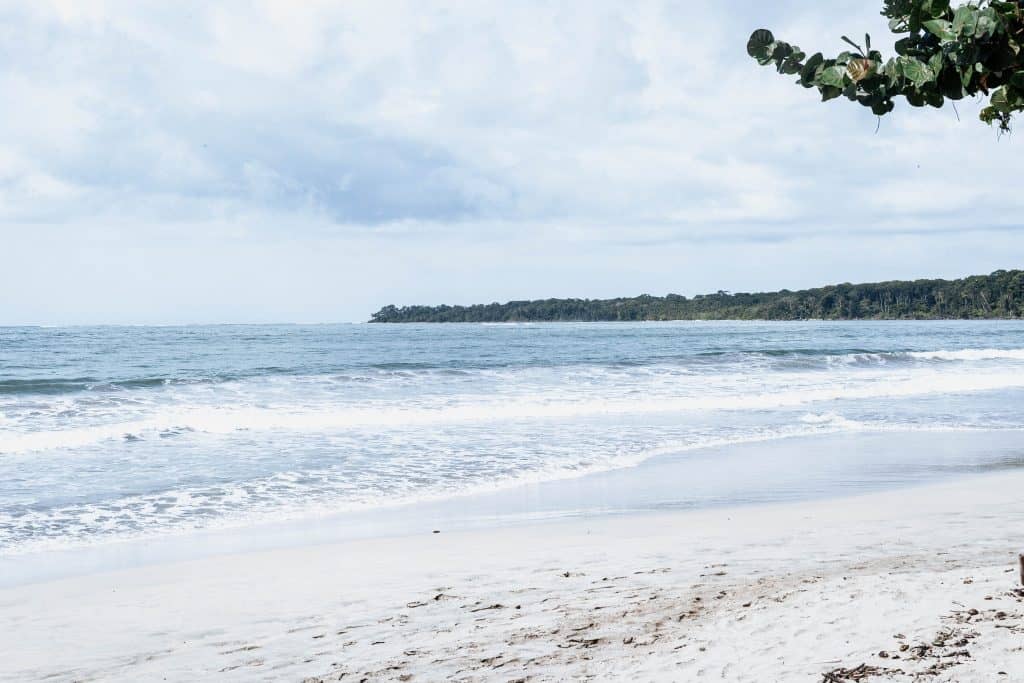
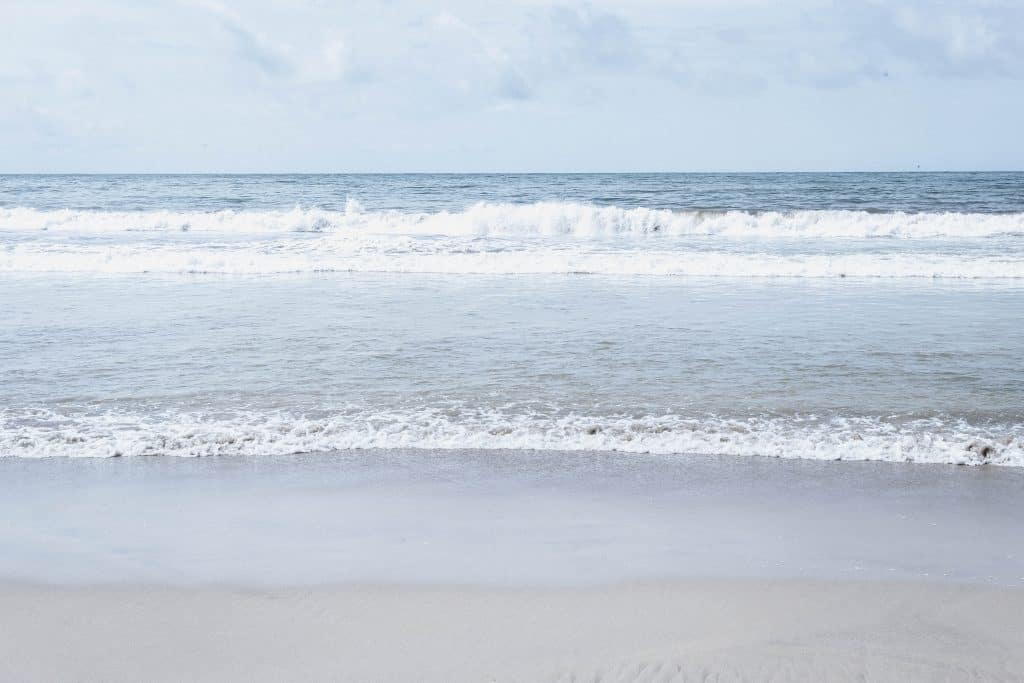
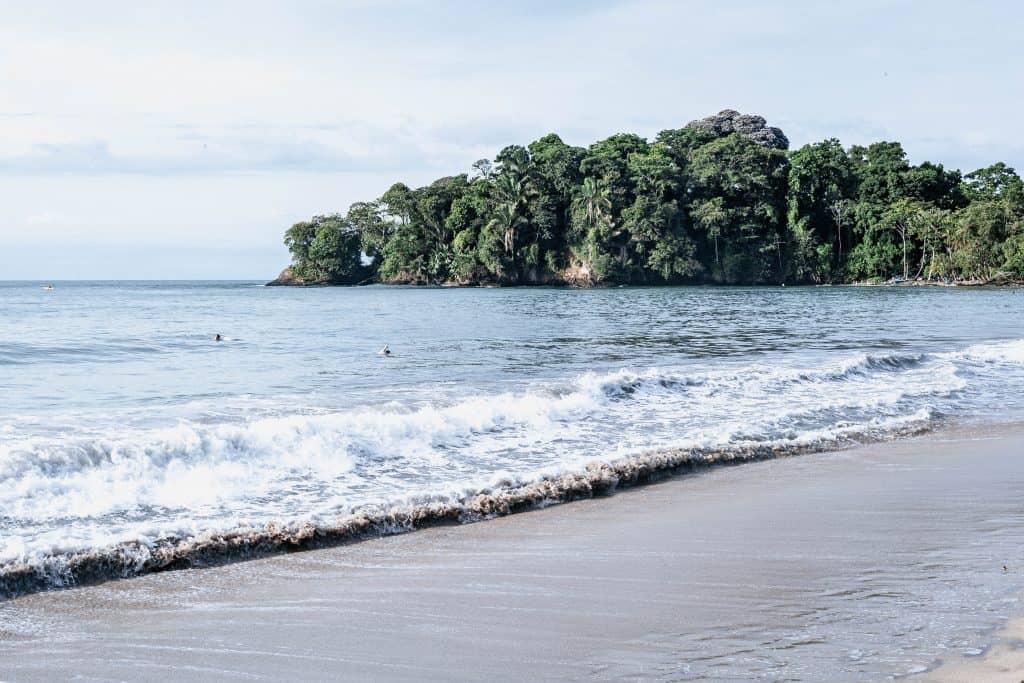
During my little sacred miracle morning, I was reading a chapter on a book about intuition—I’m practicing capturing the inner and outer energetic waves, because more often than not, I’m too often the girl who regrets not having been faithful to my flair or feelings—when suddenly, I felt a bolt of energy pass through my body. I finally pulled out my cell phone and looked for Lidia's number in my notes. I called her right away.
It was Monday, and I was calling her at a good time, during her day off. She was visiting Limón with her family and was shopping there. I could either come the next day or the day after, both days were fine; I had only to confirm which one. That's what I did later in the evening. As Mr. Man and I hadn’t planned anything, I decided to see her the next day.
As you can well imagine, I was longing to live this bold and secretly desired synchronicity since day one of my arrival.
(To be continued…)



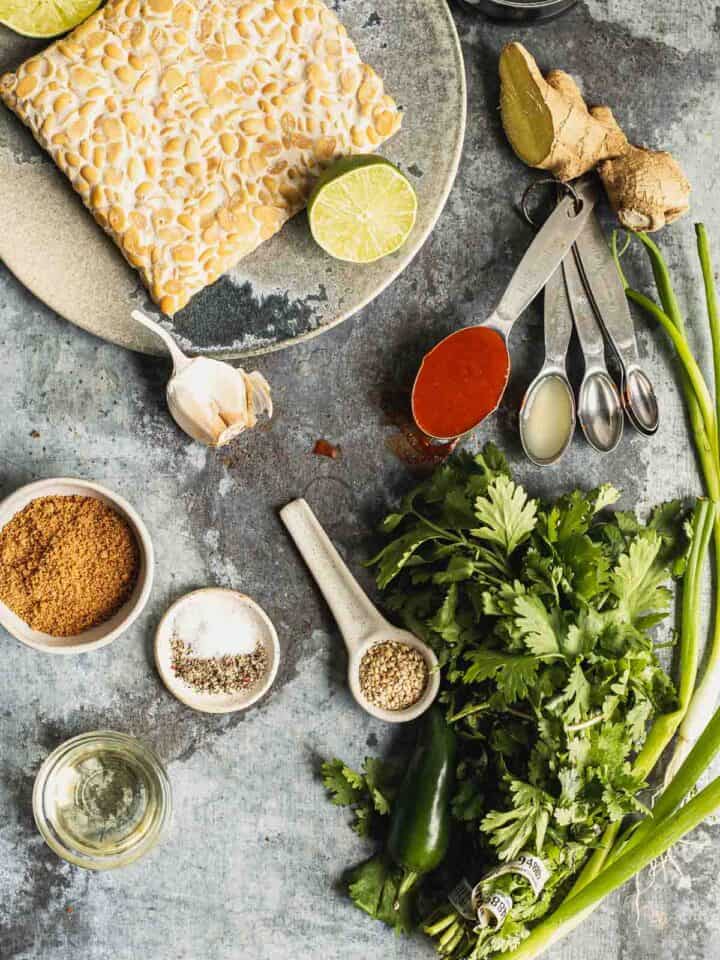

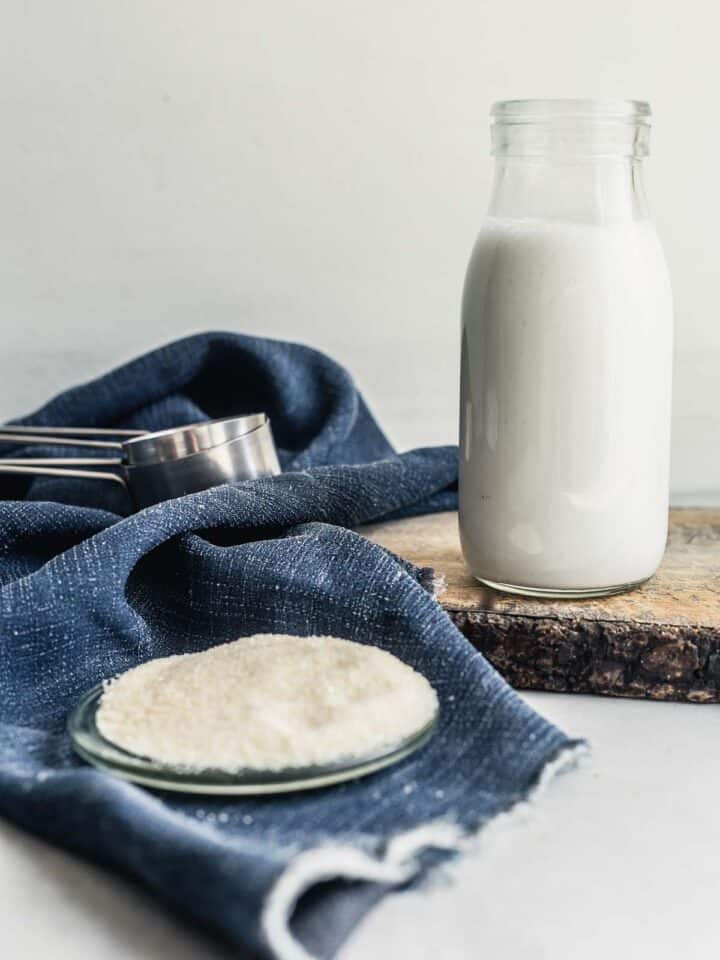

Leave a Reply